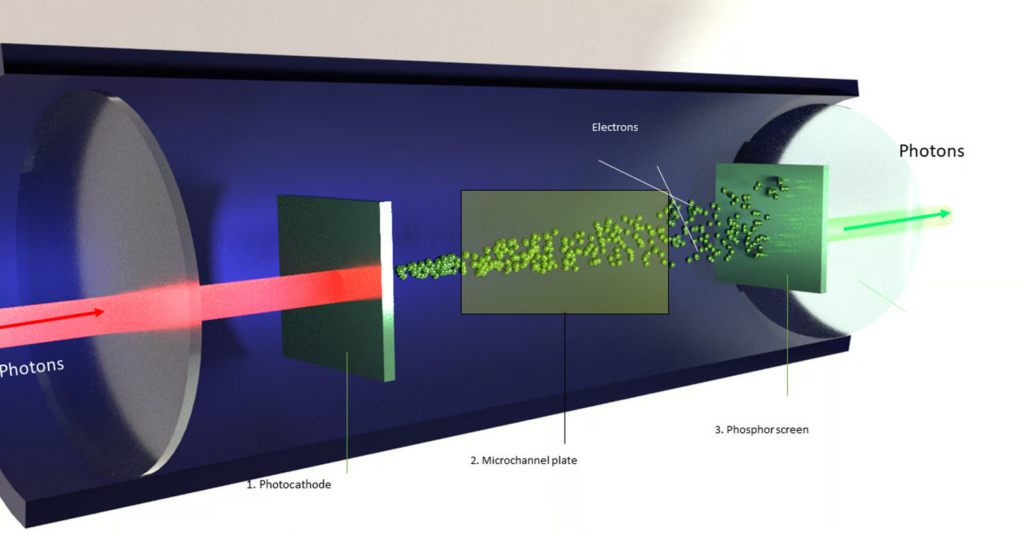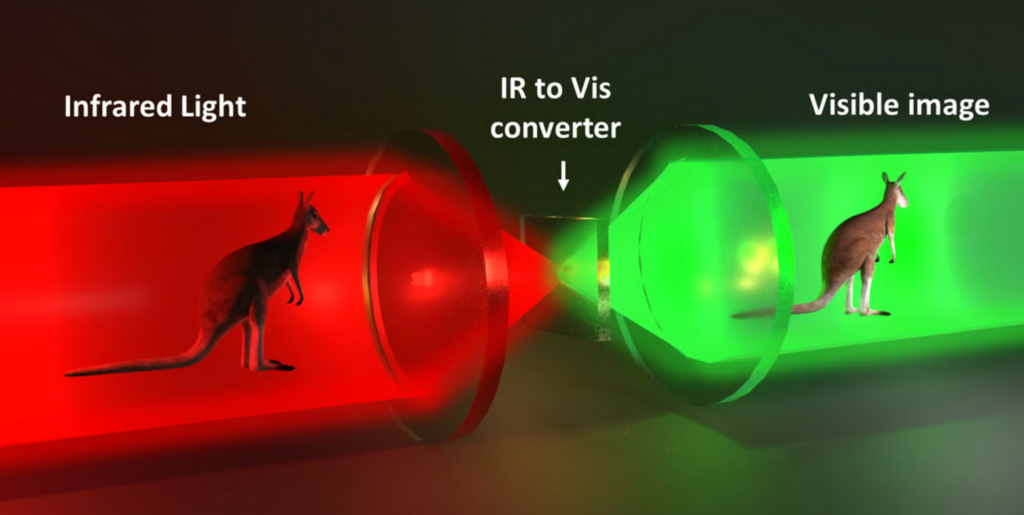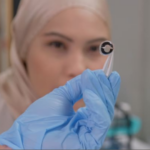Imagine slipping on a pair of night-vision lenses as thin as cling wrap, transforming your perception of the world in the dark. This futuristic vision is becoming a reality thanks to a technological breakthrough by researchers at the ARC Centre of Excellence for Transformative Meta-Optical Systems (TMOS) in Australia. Their innovative development could bring night vision to everyday consumers in the form of ultra-thin films or lenses.
Wearable night vision for everyday use
Traditionally, night vision requires bulky and expensive headsets and lens attachments. However, the TMOS researchers have developed a method that allows all complex light processing to occur along a simpler, narrower pathway. This advancement means the technology can be packaged into a night-vision film that weighs less than a gram and can be placed on existing frames. This breakthrough paves the way for everyday night-vision spectacles, similar in appearance to reading or driving glasses, which could significantly change nighttime activities, enhancing safety and convenience.

How traditional night vision works
Traditional night vision involves a complex system where light photons pass through an objective lens into an electronic image-intensifier tube. This tube comprises two key components: the photocathode, which converts photons into electrons, and the microchannel plate, which multiplies these electrons through millions of tiny holes. The electrons then land on a phosphor-coated screen, glowing green to illuminate the scene. This intricate process is not feasible to fit onto an ultra-thin plastic film.
Metasurface-based upconversion technology
Instead, the TMOS researchers employed metasurface-based upconversion technology. This technology provides an easier pathway for light photons to be processed. Photons travel through a resonant metasurface, interacting with a pump beam. The non-local lithium niobate metasurface boosts the energy of the photons, drawing them into the visible light spectrum without converting them to electrons first. Additionally, it eliminates the need for cryogenic cooling, which is typically used in traditional night vision to reduce ‘noise’ and produce sharper images. This innovation significantly reduces the size, weight, and power requirements of night-vision technology.
Enhanced imaging and applications
“This new technology captures both visible and non-visible (infrared) light in one image as you look through the ‘lens’,” explained lead author Laura Valencia Molina. Traditional night-vision systems capture side-by-side views from each spectrum, which can’t produce identical images. The TMOS advancement means users get a better-quality view of what’s in the dark.
“This is the first demonstration of high-resolution up-conversion imaging from 1550-nm infrared to visible 550-nm light in a non-local metasurface,” said author Rocio Camacho Morales. The chosen wavelengths—1550 nm (commonly used for telecommunications) and 550 nm (highly sensitive to the human eye)—are critical for this breakthrough. Future research aims to expand the range of wavelengths for broadband IR imaging and explore image processing, including edge detection.

The latest research improves on previous studies using a gallium arsenide metasurface, finding that the lithium niobate metasurface offers more efficient light processing over a broader surface area. “People have said that high-efficiency up-conversion of infrared to visible is impossible due to angular loss in non-local metasurfaces,” said Molina. “We overcome these limitations and experimentally demonstrate high-efficiency image up-conversion.”
Promising future
“These results promise significant opportunities for the surveillance, autonomous navigation, and biological imaging industries,” said chief investigator Dragomir Neshev. “Decreasing the size, weight, and power requirements of night-vision technology is crucial to Industry 4.0 and the future of extreme miniaturization of technology.”
The study was published in the journal Advanced Materials, marking a significant milestone in making night vision accessible and wearable for everyday use. With this innovation, the world beyond human optical perception could soon be illuminated like never before.






